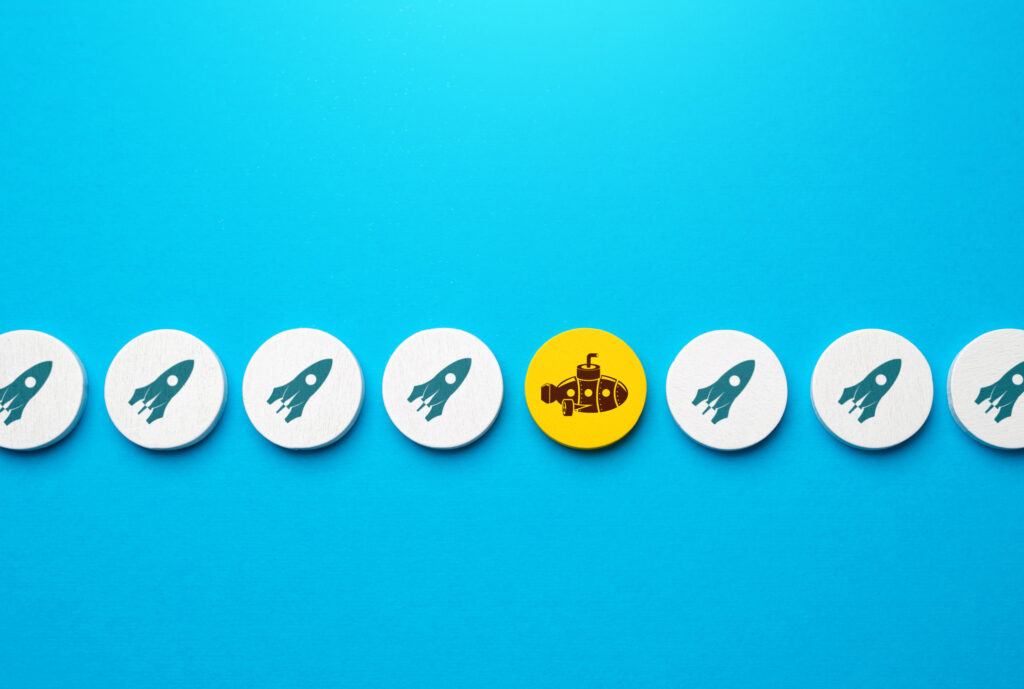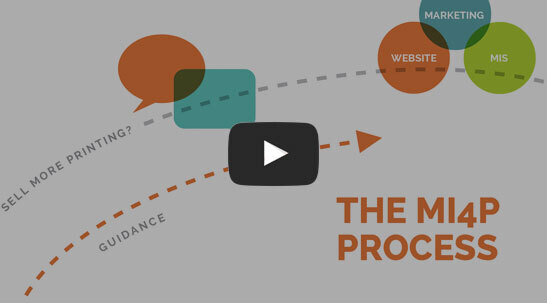Sell More Printing: The Car Wash Subscription Strategy

Welcome back to another edition of Sell More Printing, where we explore real-world sales and marketing strategies that you, as a printer, can adapt to boost your business. This month, let’s dive into the world of car washes and discover how their clever subscription model can be a game-changer for your print shop. Sparkling Success – The Car Wash Subscription
Sell More Printing: Owning Your Unique Category

Welcome back to another edition of Sell More Printing, where we explore real-world sales and marketing strategies that you, as a printer, can adapt to boost your business. This month we’ll explore how to sell more printing by owning a category that’s unique to you. Create Your Unique Category Creating a unique category can be as simple as combining two
Sell More Printing: Cleaning up Spilled Coffee with a Subscription

Welcome back to another edition of Sell More Printing, where we explore real-world sales and marketing strategies that you, as a printer, can adapt to boost your business. This month, we’re tackling a topic close to home – my own klutzy coffee mishap and how it can be adapted to create a recurring revenue stream for you. Cleaning up Spilled
Sell More Printing: Just Add Ice

Each month’s Sell More Printing feature aims to highlight the exceptional sales and marketing efforts of others so you can adapt them to help you sell more printing. Last month, we explored a unique way to strengthen relationships with high-value clients by sending a physical Money Tree plant to symbolize mutual growth and your commitment to their success. Let’s take
Sell More Printing: Celebrate New Business with a Money Tree

Welcome to the start of a new feature to help you Sell More Printing! This article aims to highlight the exceptional sales and marketing efforts of others so you can adapt them to help you sell more printing. First in our sights is the Money Tree, which provides a creative and clever way to show appreciation to your best customers.
Data-Driven Sales and Fails for Printers

We live in a world that’s saturated with data. Data can be ignored (like, did you really need to see how many new Facebook mentions you received in the last 90 seconds?), or data can be used for productive purposes, such as uncovering new sales opportunities. Today, I have two sales-related data stories to share with you. One is a
The Future Looks Bright for Selling More Printing

If we were like every other business, we’d be offering you a year-end review right about now. But, you know what? Here at Marketing Ideas For Printers, we like to do things a little differently to allow for a greater vision. It looks like this. We follow a quarterly rhythm for working on the bigger projects that bring content and
3 Tips to Add Some “Glamp” to Your Reviews

Owning a business can bring about a fantastic journey. Last year, my wife, Judy, decided to begin this entrepreneurial journey herself when she launched Fargo Glamping, a business built on the idea of Glamour + Camping = Glamping. So far, it’s been a successful journey for Judy, and it’s been fun to see her idea take shape. But watching my
3 Tips to Embrace the Challenge of Change

I’m not even sure when it happened. At some point, Fargo, North Dakota, the city in which Marketing Ideas For Printers calls its home, changed from a big little city into a little big city. And that means dealing with big-city challenges, which lately, haven’t been pleasant. An Upside-Down World A few nights ago, I watched a live stream video
A Coronavirus Survival Guide for Printers

At the time I’m writing this article, our country is adjusting to a new normal forced upon us by the Coronavirus. We’re all calibrating to this new normal by the day (if not by the hour), so by the time you read this there may be even a different version of the new normal. Here are some tips to help you survive (and even thrive!) in the

